The Role of Fairy Bread at Australian Childrens Parties
13 min read Explore how Fairy Bread has become an iconic, nostalgic treat that defines Australian children's parties and cultural celebrations. July 28, 2025 03:05
The Role of Fairy Bread at Australian Children's Parties
In the kaleidoscope of Australian childhood memories, few treats evoke as much joy, nostalgia, and vibrant color as fairy bread. Crisp, buttery slices festooned with tiny rainbow sprinkles. It’s more than just a sugar-laden snack—it's a cultural icon, a symbol of celebration, and an edible thread weaving generations of Aussie kids into a tapestry of shared tradition.
As a culinary writer passionate about exploring the intricacies of Australian cuisine, I’ve delved into the fascinating world of fairy bread, uncovering its origins, cultural significance, and enduring popularity. This article traverses the sensory landscape and historical depths of this humble yet magical party staple—inviting you to savor fairy bread not just as a treat but as a cherished piece of Australia's cultural mosaic.
The Origins of Fairy Bread: A Fairy Tale in Culinary Form
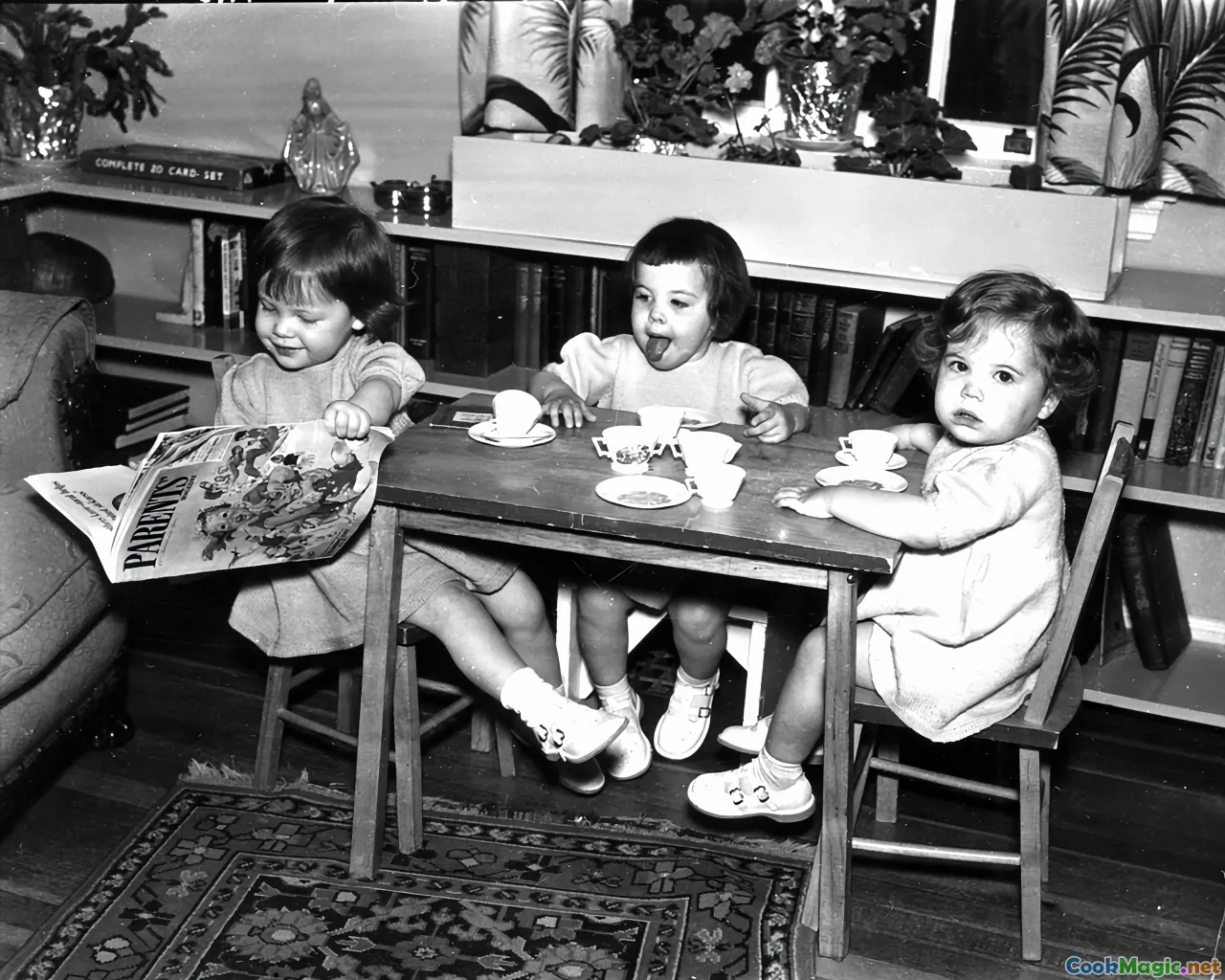
Fairy bread’s story begins in mid-20th century Australia, a time when post-war optimism ushered in a new era of communal celebrations. While the exact date of inception remains hazy, oral histories point to the 1950s as when this colorful delight first appeared on children's party menus. It’s believed to have emerged alongside the rise of affordable white bread and the cultural proliferation of sprinkles—those tiny, rainbow-huedmest ingredients that seem to encapsulate childhood wonder.
Originally, fairy bread was a simple, accessible treat—white bread slathered with butter, then dusted with sugar and sprinkles. Its popularity was boosted by its affordability and the ease with which it could be prepared, making it a favorite for mothers hosting birthday parties. The term "fairy bread" itself sparks imagination, invoking stories of fairies sprinkling magic and joy upon party fare.
To understand fairy bread's place in Australian culture is to appreciate how culinary simplicity can become symbolic, serving not only as nourishment but as a vessel for shared memories and national identity.
Sensory Journey: Tasting the Magic
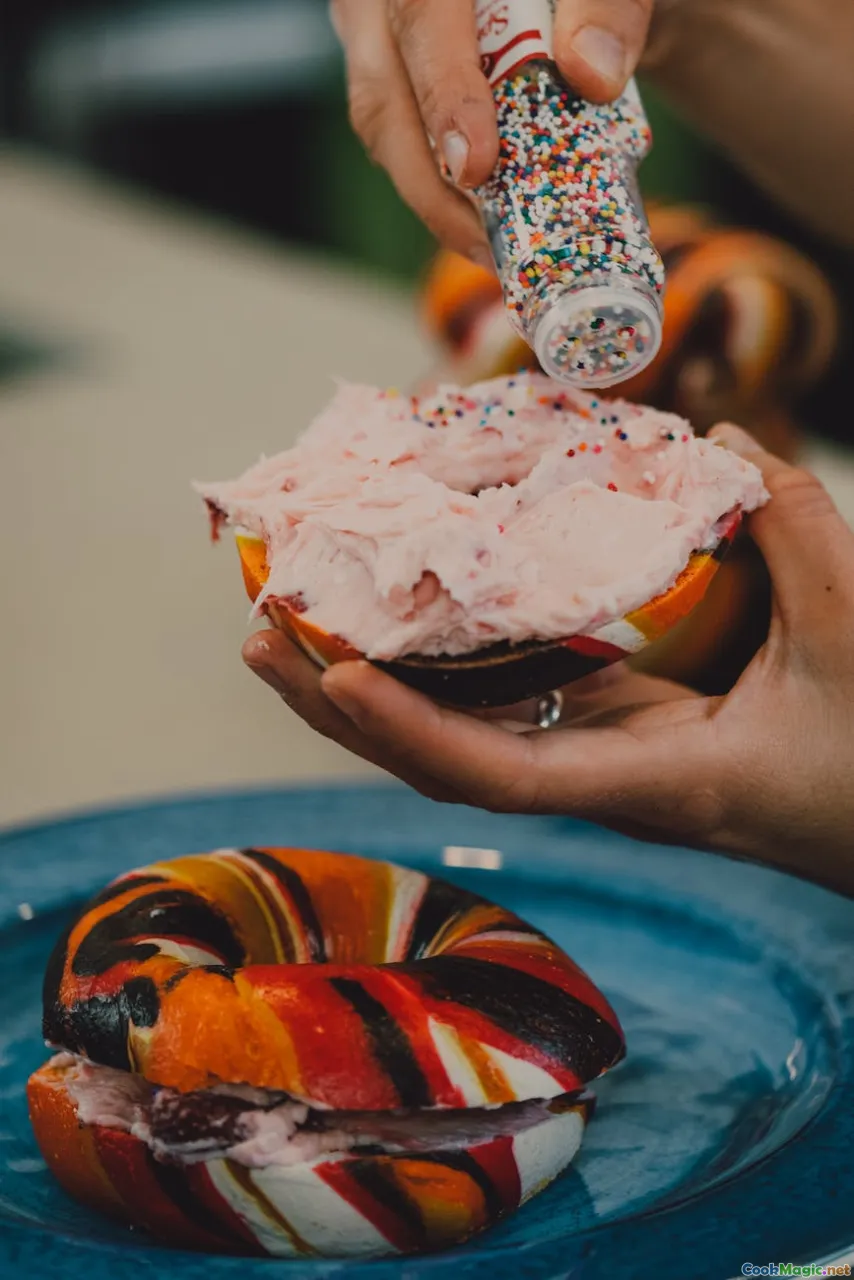
Imagine slicing into a piece of fairy bread: the aroma of fresh, lightly toasted white bread, enhanced by the warm, fragrant scent of butter melting into its soft crumb. You can feel the crisp exterior giving way to a tender, buttery interior, already promising a melt-in-the-mouth experience.
As you bring it closer, your eyes are drawn to the vibrant sprinkling of tiny, rainbow-hued beads—reds, blues, greens, yellows, purples—scattering across the buttered surface like a sugary mosaic. The visual thrums with color-energy, a riotous celebration of childhood exuberance.
Bite into fairy bread, and the textures unfold harmoniously: the initial sweetness of sugar and the delicate crunch of the sprinkles contrast against the creamy softness of the bread and the silky richness of butter. The flavor is simple yet addictive—a buttery, sugary bliss that transports you instantly to a sunny picnic table at a birthday bash, laughter ringing in the background.
Every mouthful is a paradox of textures and flavors—sweet yet savory, crunchy yet melting, simple yet enchanting. It’s a sensory experience as much as a nostalgic one.
Cultural Significance: More Than Just a Party Snack
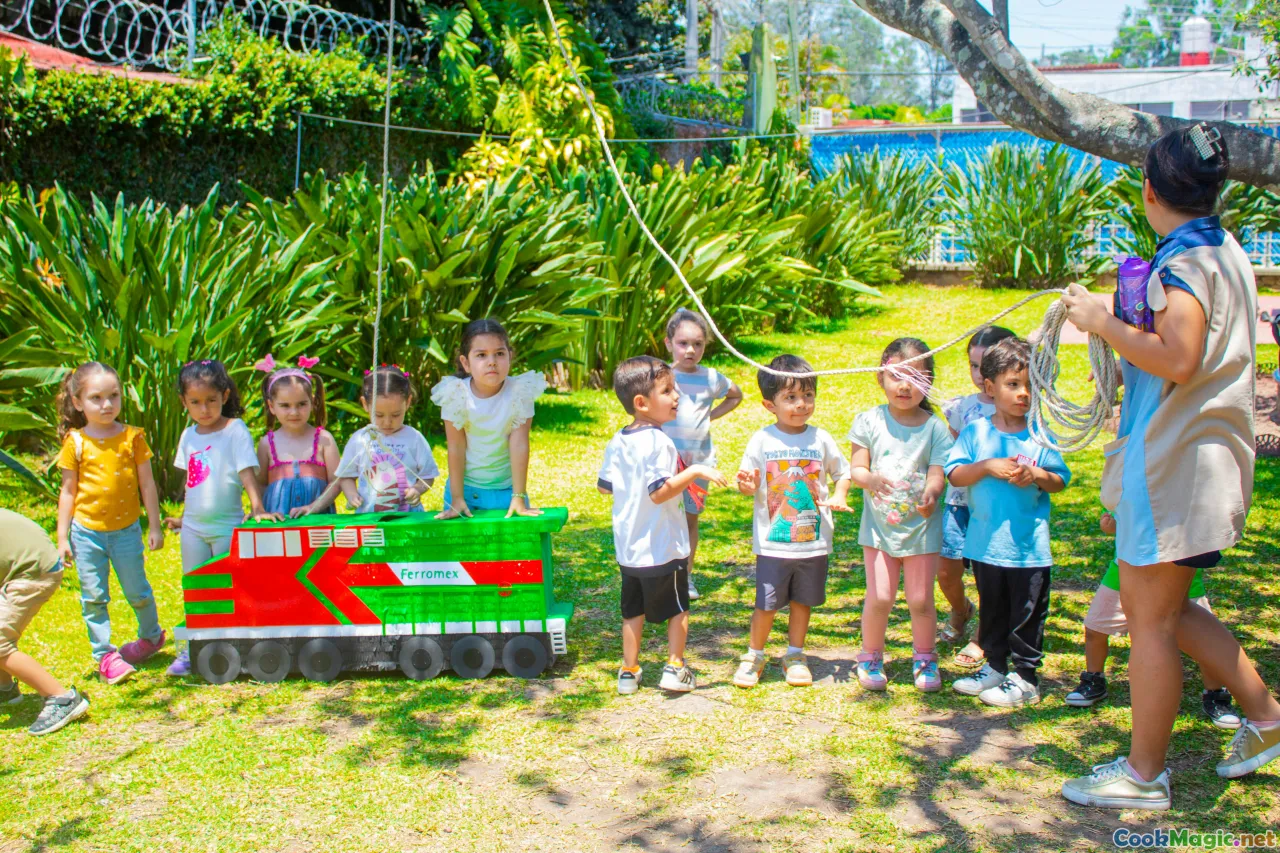
Fairy bread holds a special place in Australian social fabric—they’ve become more than a mere party snack; they symbolize childhood innocence, community, and celebration. In our collective imagination, fairy bread is a token of Aussie childhood tradition, passed down through generations, always associated with birthdays, school fetes, and special occasions.
It’s often the first comfort food children learn to prepare, fostering a sense of participation and joy. For parents and grandparents, fairy bread is a nostalgic bridge—reminiscing about their own childhood parties, the anticipation of birthdays, and the magic of simple ingredients transformed into something special.
Throughout the years, fairy bread has maintained its status, even amidst the influx of global cuisines. Its visual appeal makes it a crowd favorite, easily incorporated into themed parties such as Australia Day celebrations, school events, and community fundraisers—each time reaffirming its status as a cultural icon.
In many ways, fairy bread embodies the Australian ethos of making the most of what’s simple, colorful, and joyous, turning ordinary ingredients into a celebration of life.
How to Make Authentic Fairy Bread: A Step-by-Step Guide

Creating fairy bread is as easy as it is delightful. Here’s a quick guide to craft this iconic treat for your next celebration:
- Choose Your Bread: Use fresh, slices of white bread—soft and pliable for easy spreading.
- Spread the Butter: Generously smear each slice with high-quality, unsalted butter at room temperature, ensuring even coverage.
- Add Sugar: Lightly sprinkle superfine or caster sugar over the buttered surface—just enough to give a slight sparkle and sweetness.
- Apply Rainbow Sprinkles: Cover the surface with a generous scattering of rainbow sugar sprinkles, pressing lightly to embed them into the butter.
- Cut and Serve: Trim off crusts if desired, then cut into quarters or shapes suitable for your party.
For added flair, try experimenting with flavored butters or themed sprinkles—pink and purple hues for princess parties or multicolor for a rainbow-themed festivity.
The beauty of fairy bread lies in its simplicity—using accessible ingredients to create instant joy. It also invites creativity; children often love helping in the kitchen, sprinkling “fairy dust” onto their own slices.
Comparing Fairy Bread to Global Party Classics
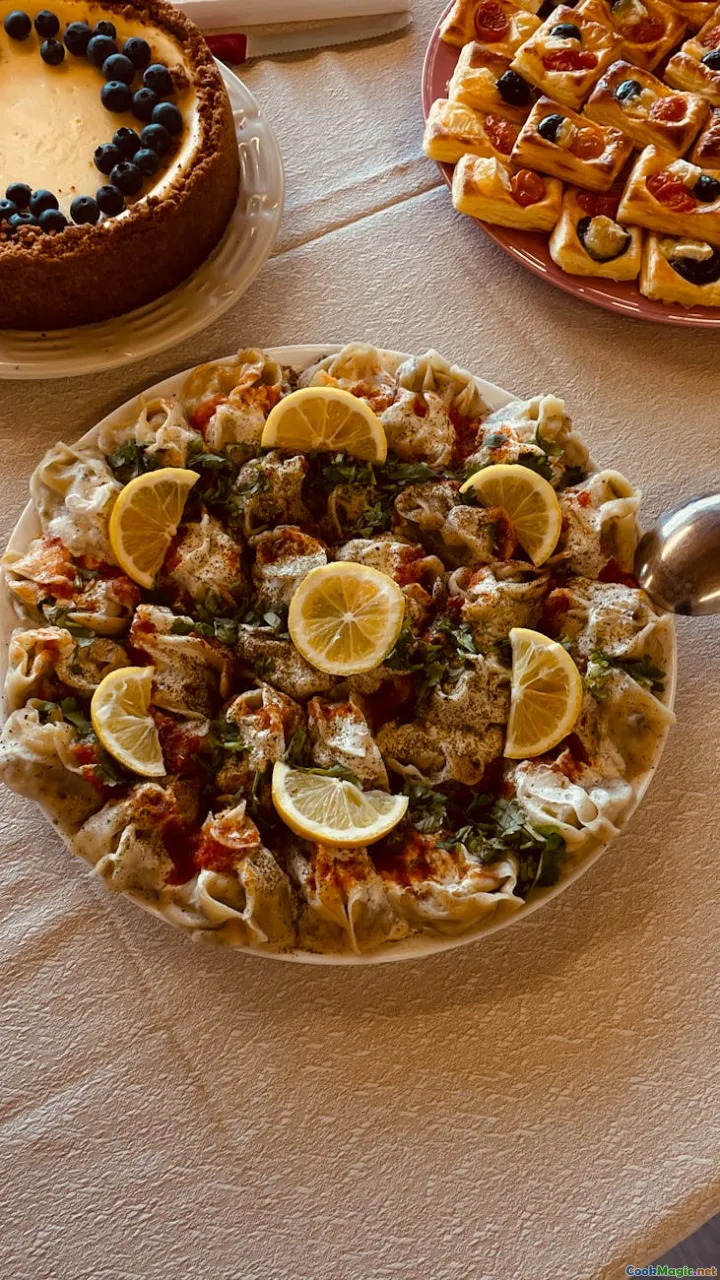
While fairy bread is uniquely Australian, many cultures boast their own beloved party confections, each embodying local ingredients and traditions.
| Fairy Bread (Australia) | American Cupcakes | Japanese Sakuramochi | French Petit Fours |
|---|---|---|---|
| White bread + butter + rainbow sprinkles | Fluffy sponge cake with frosting | Rose-flavored rice cake with cherry blossoms | Small, ornate layered cakes with icing |
Fairy bread’s charm lies in its unsophisticated colors and form, emphasizing visual pleasure and tactile fun. Unlike more elaborate desserts, its appeal is immediate and inclusive—perfect for children and adults alike.
This comparison reveals how different societies interpret celebration foods—using local ingredients and aesthetics to craft edible symbols of happiness.
Personal Stories and Anecdotes
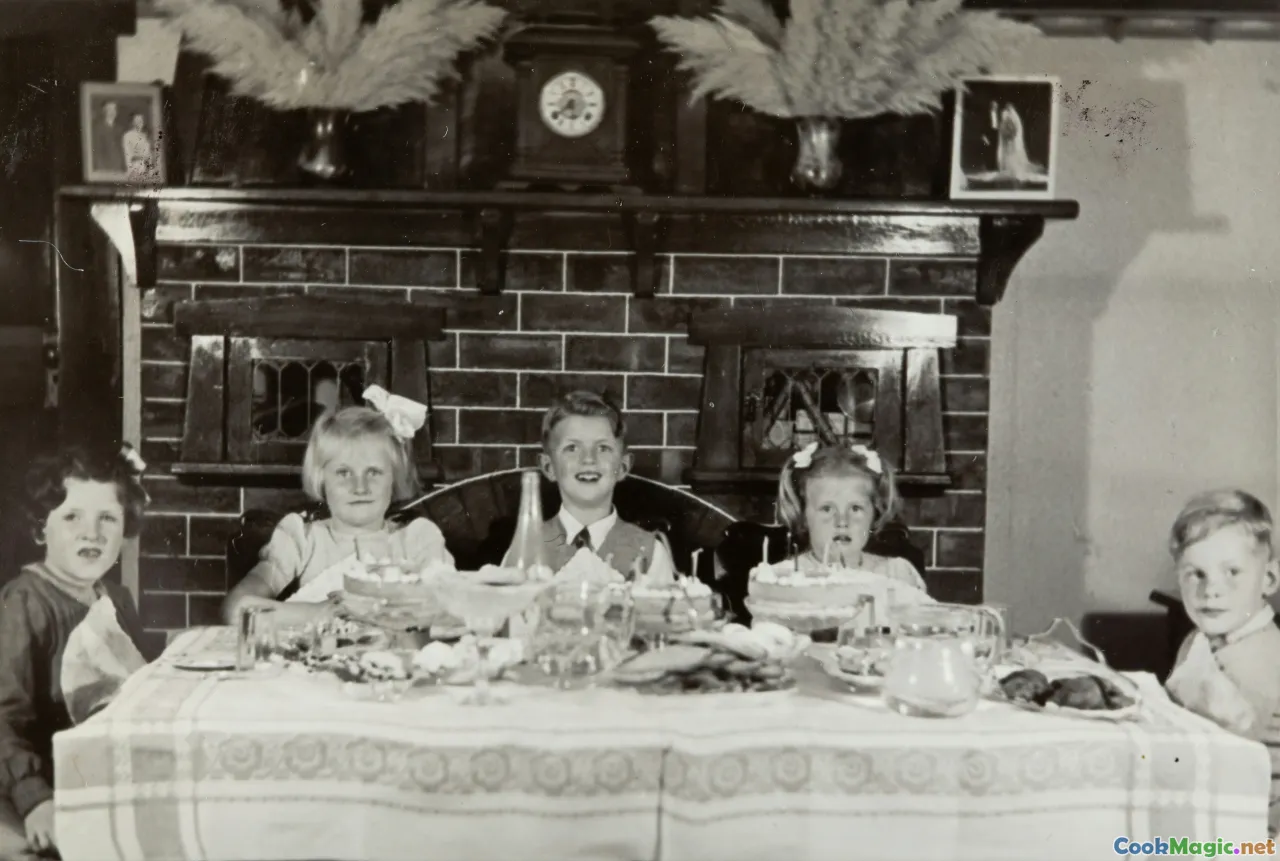
From my own childhood, fairy bread was a rite of passage. I vividly remember my mother’s kitchen, the sizzle of butter melting onto cold bread, the sparkling rainbow sprinkles cascading like a cascade of tiny stars.
One particular birthday sticks out—a schoolmate brought fairy bread in a colorful, crayon-boxed lunchbox. We eagerly gathered around, each dissecting the slices like precious gems, savoring the sweet crunch, and marveling at the colors.
Years later, I watched my own children help decorate their fairy bread for a birthday. The gleam in their eyes, the laughter as they sprinkled and cut—these moments cement the treat’s status as a tapestry of joy, community, and tradition.
These stories exemplify how fairy bread isn’t only about taste but about the shared moments of joy, connection, and cultural continuity.
Final Thoughts: The Enduring Magic of Fairy Bread

Fairy bread exemplifies the Australian knack for creating magic from simplicity. It epitomizes childhood wonder, community sharing, and cultural heritage—a humble delicacy with a spark of fairy dust that has endured through decades.
In a world of ever-advancing gastronomy and elaborate desserts, fairy bread remains a testament to the profound joy that arises from everyday ingredients—white bread, butter, sugar, and sprinkles. It encourages us to celebrate life’s simple pleasures, fostering smiles and shared stories.
Perhaps its true magic lies not only in its taste or appearance but in its ability to bring people together—turning ordinary moments into lifelong memories. So, the next time you see a rainbow sprinkle, remember: in Australia, a little sprinkle of fairy dust can turn a simple snack into a chunk of childhood fairy-tale happiness.
Enjoy baking, sharing, and creating your own fairy bread memories—because every slice is a little piece of Australia’s heart.
Happy Celebrating!









